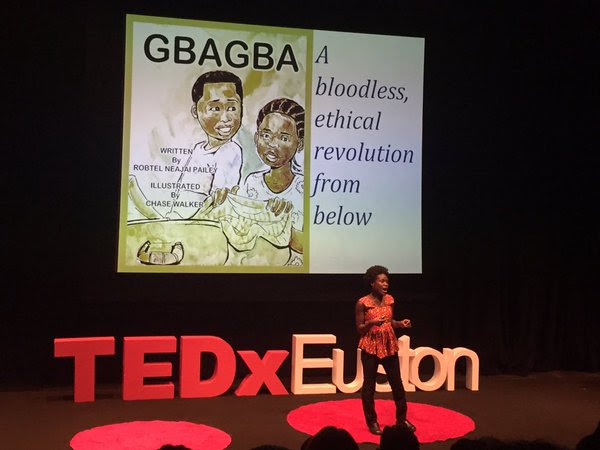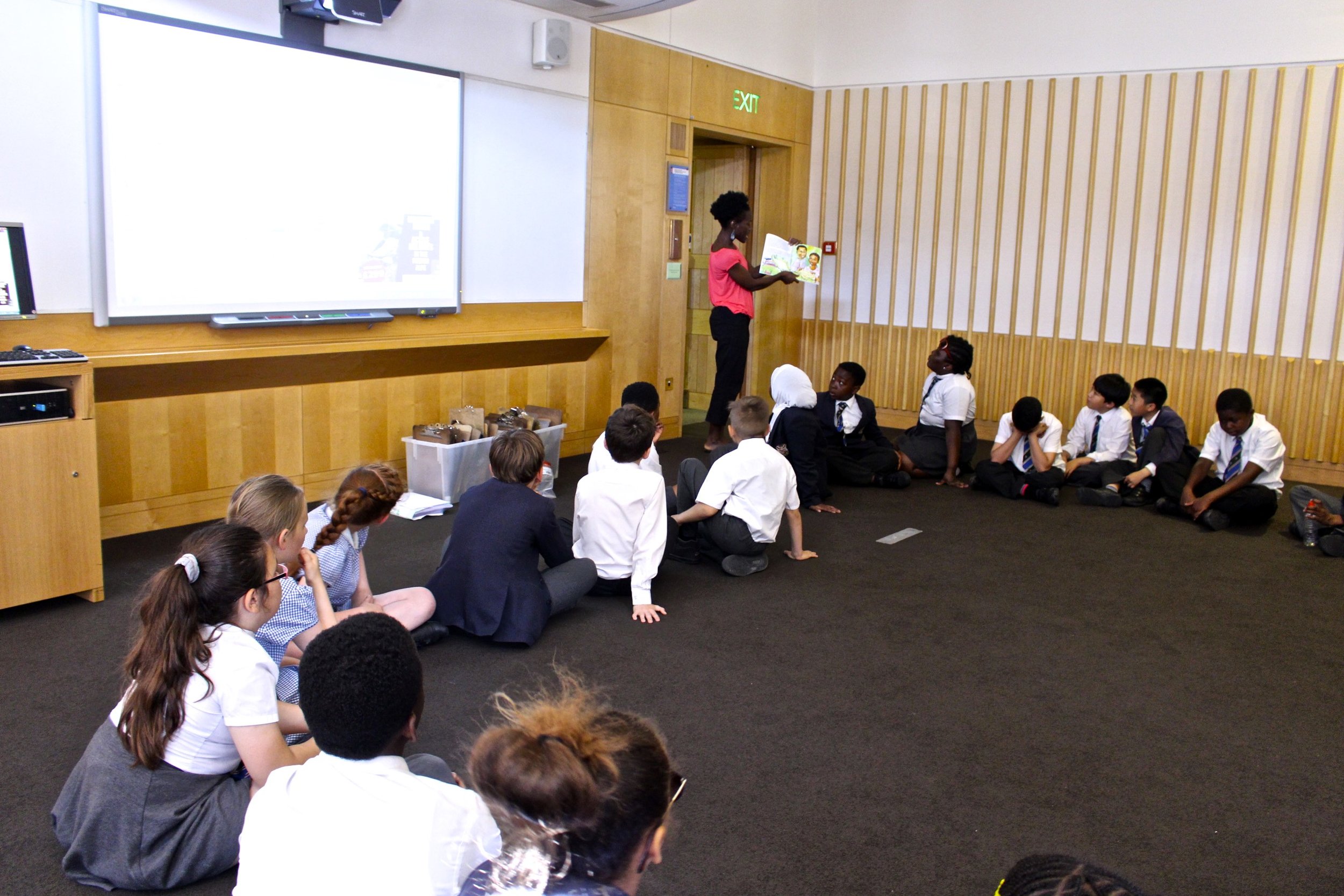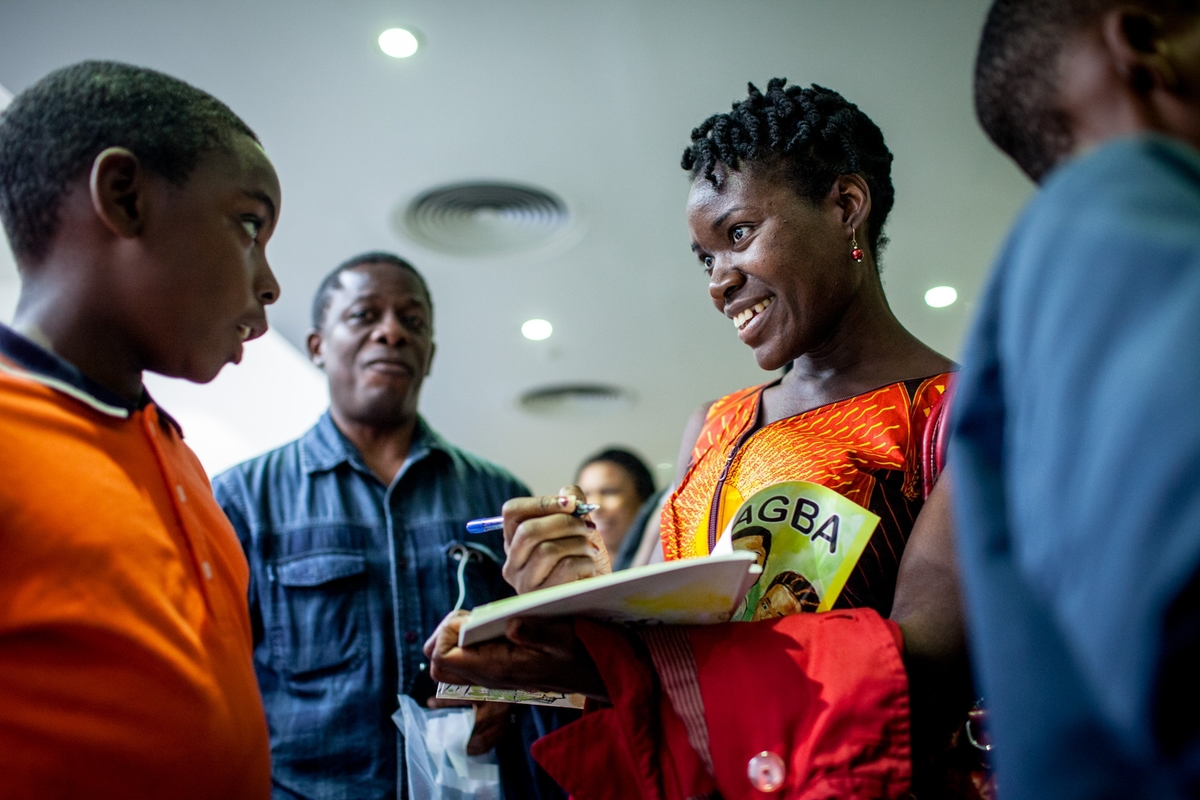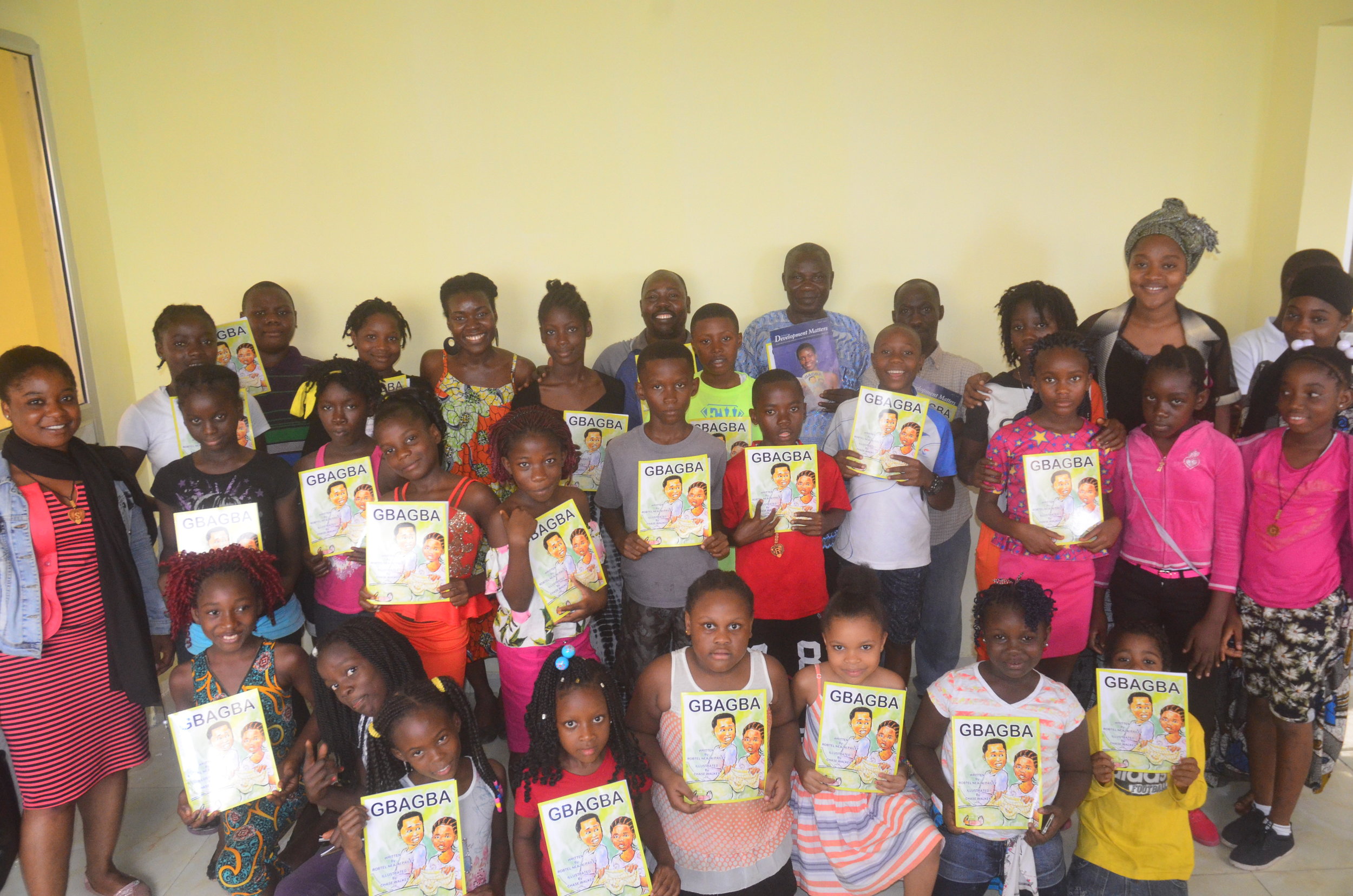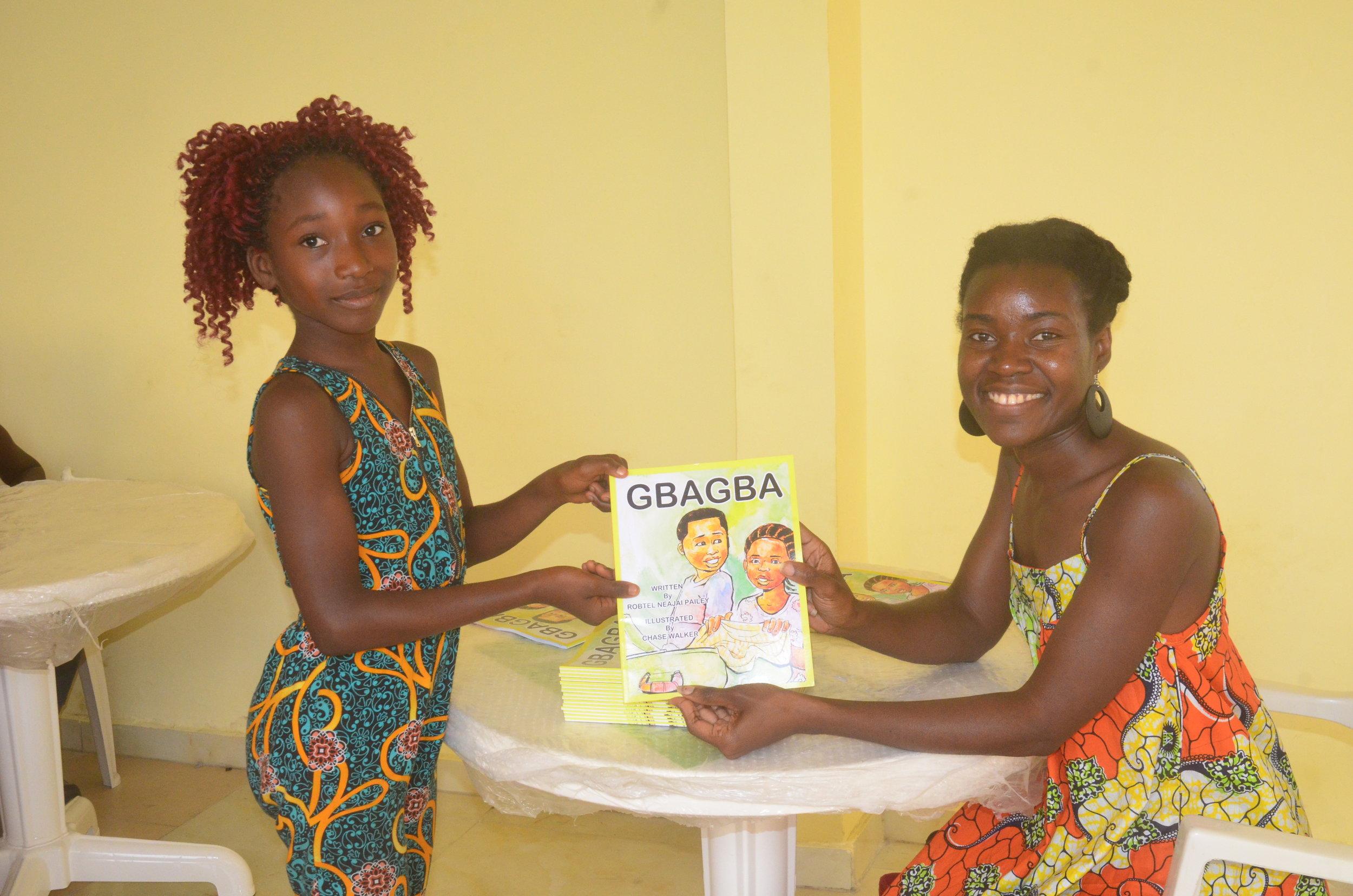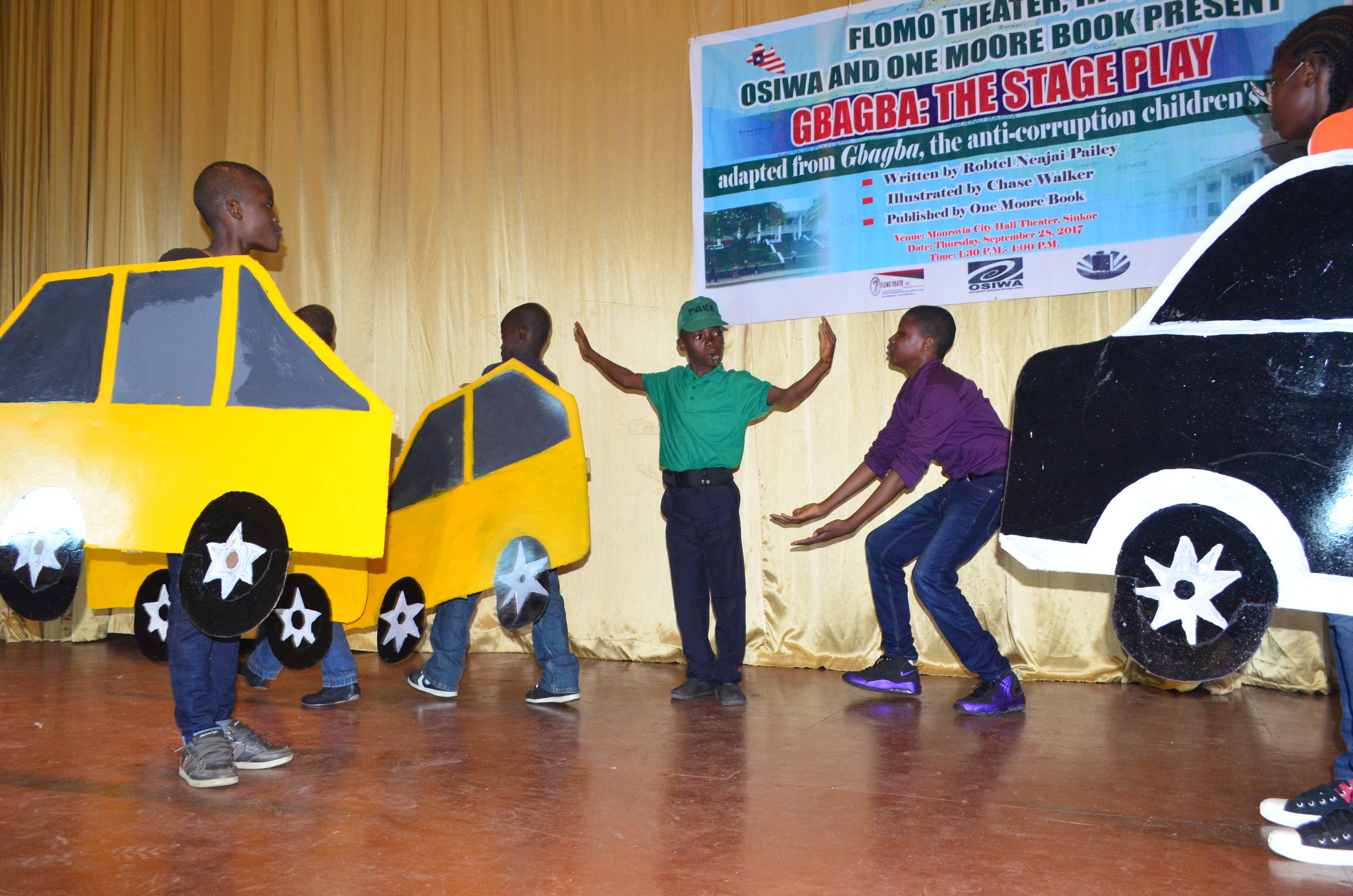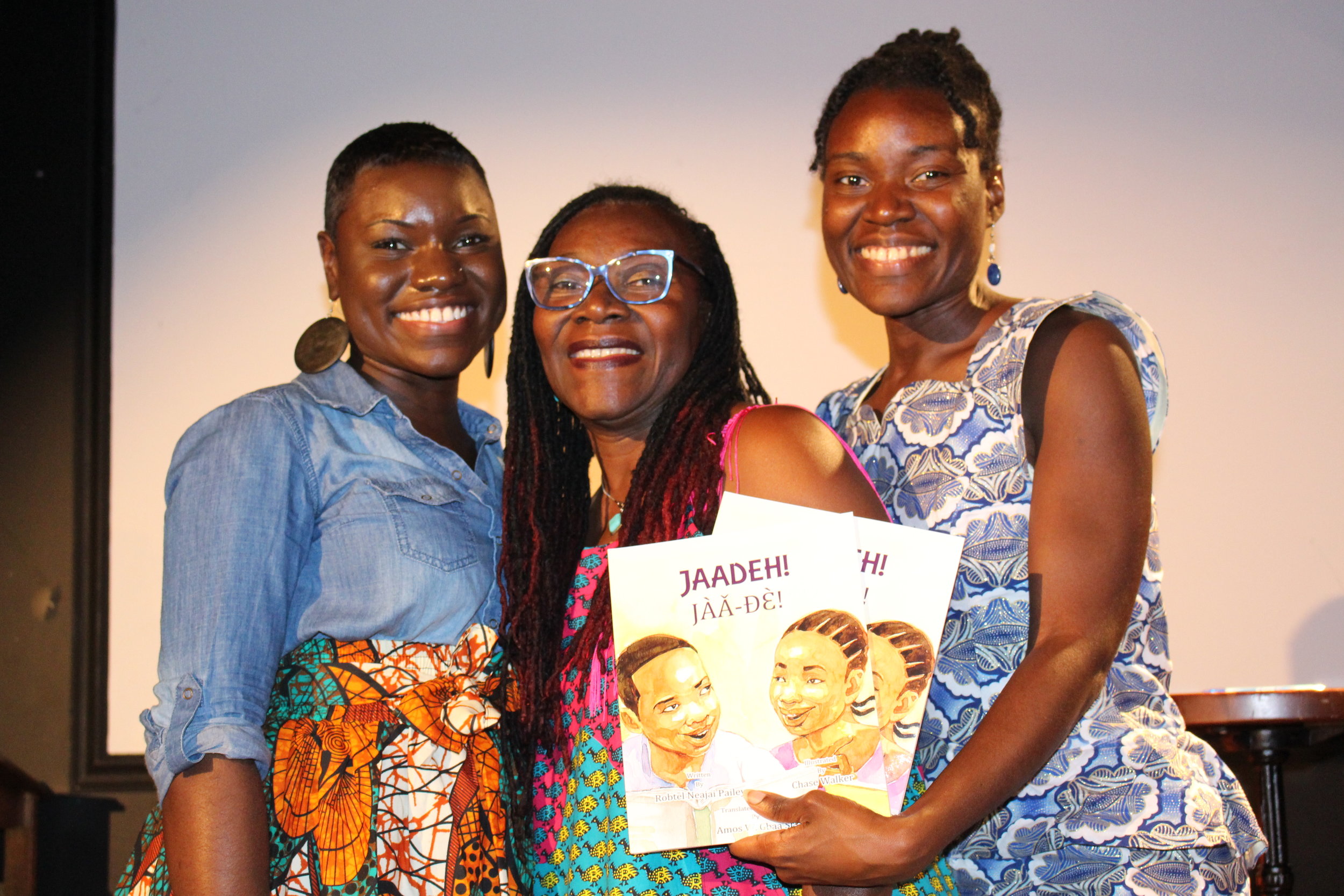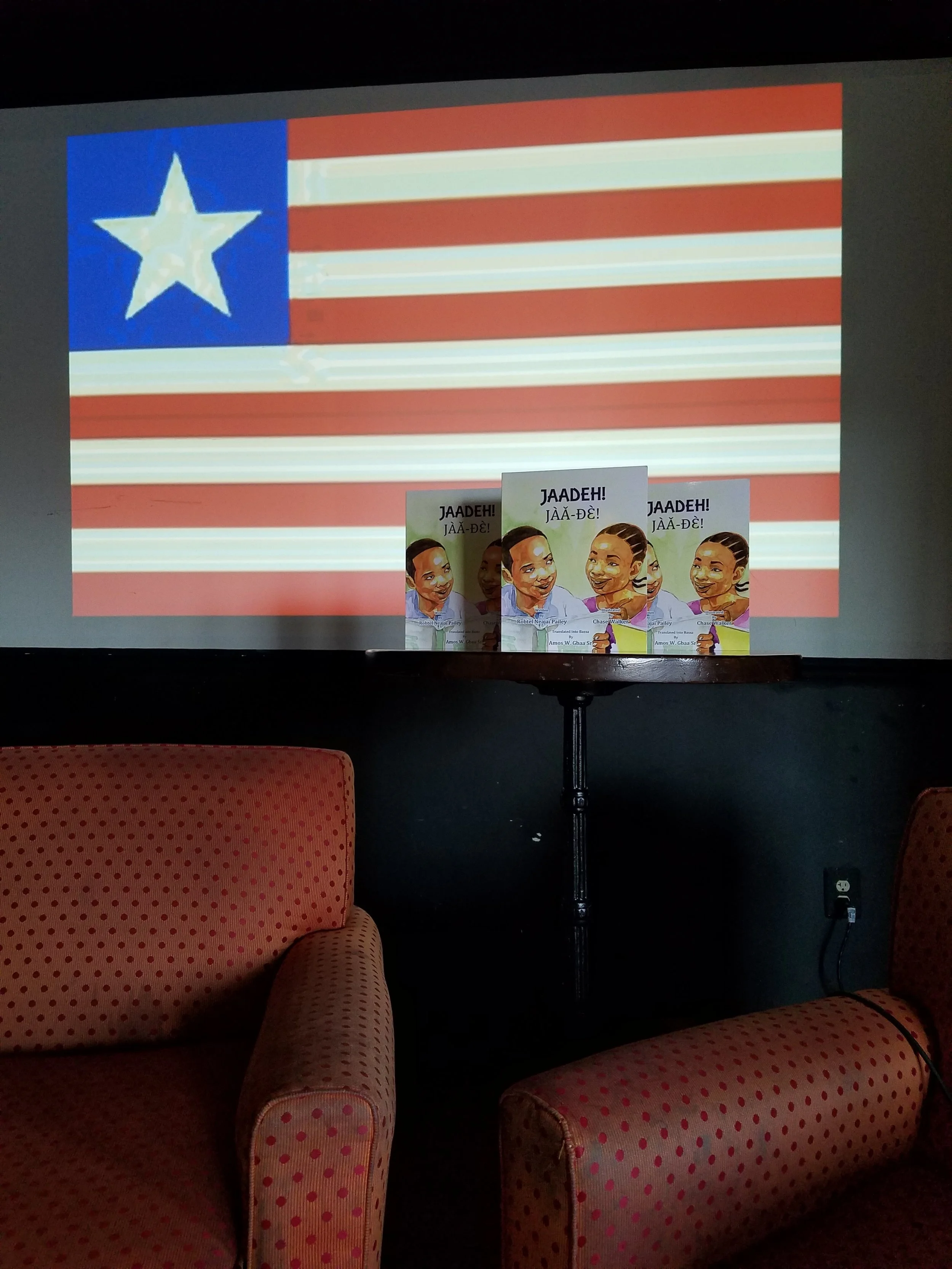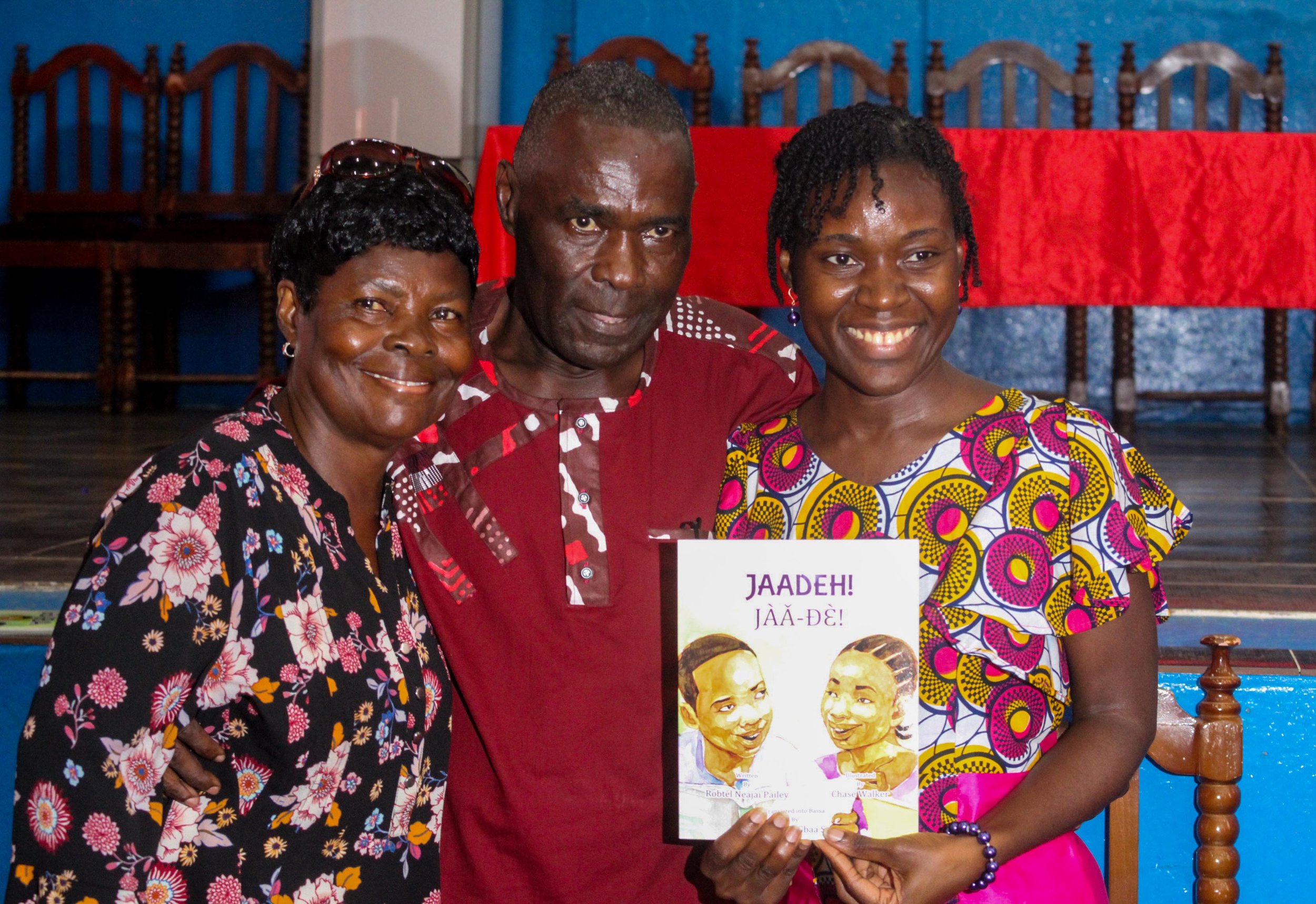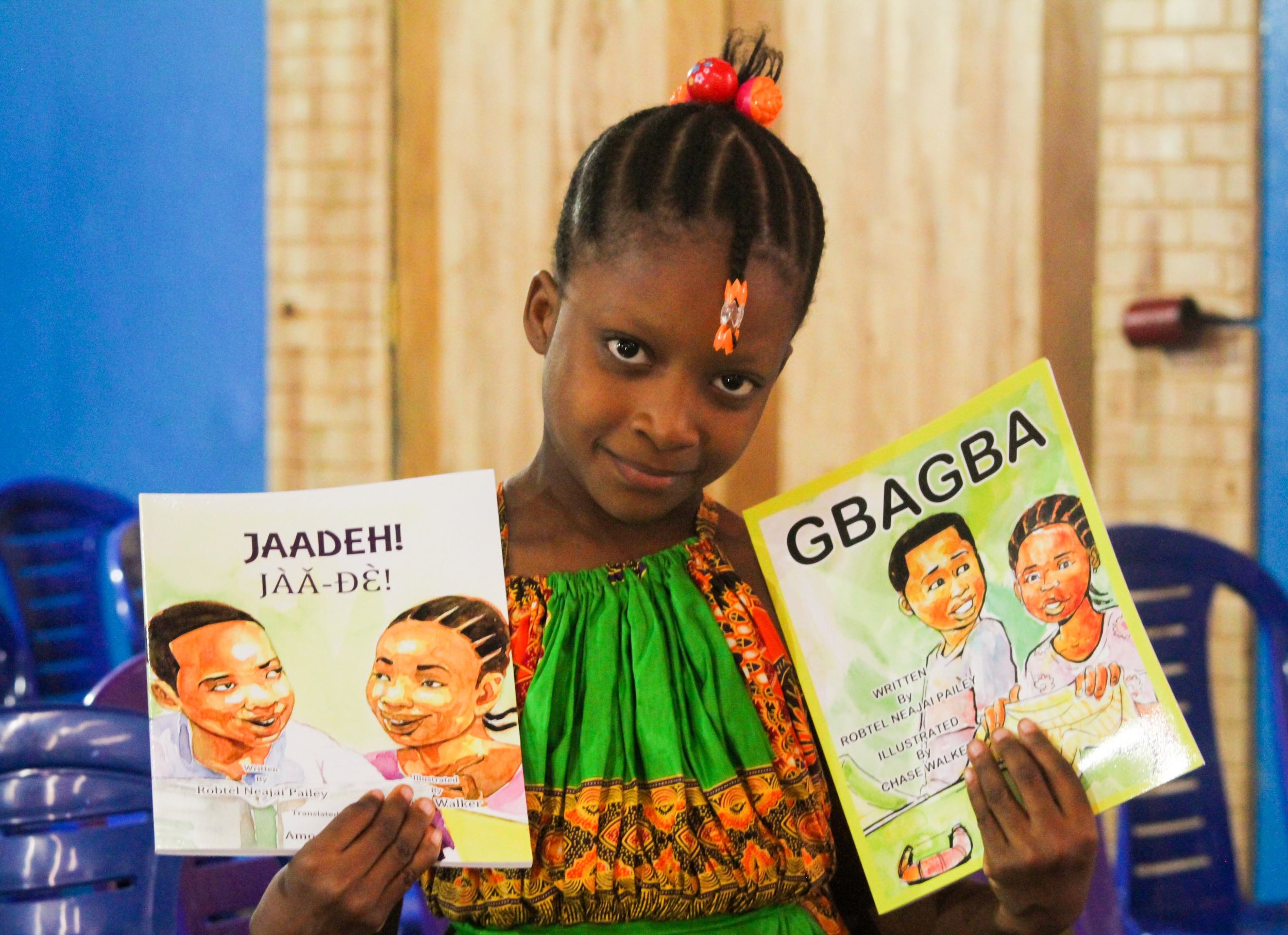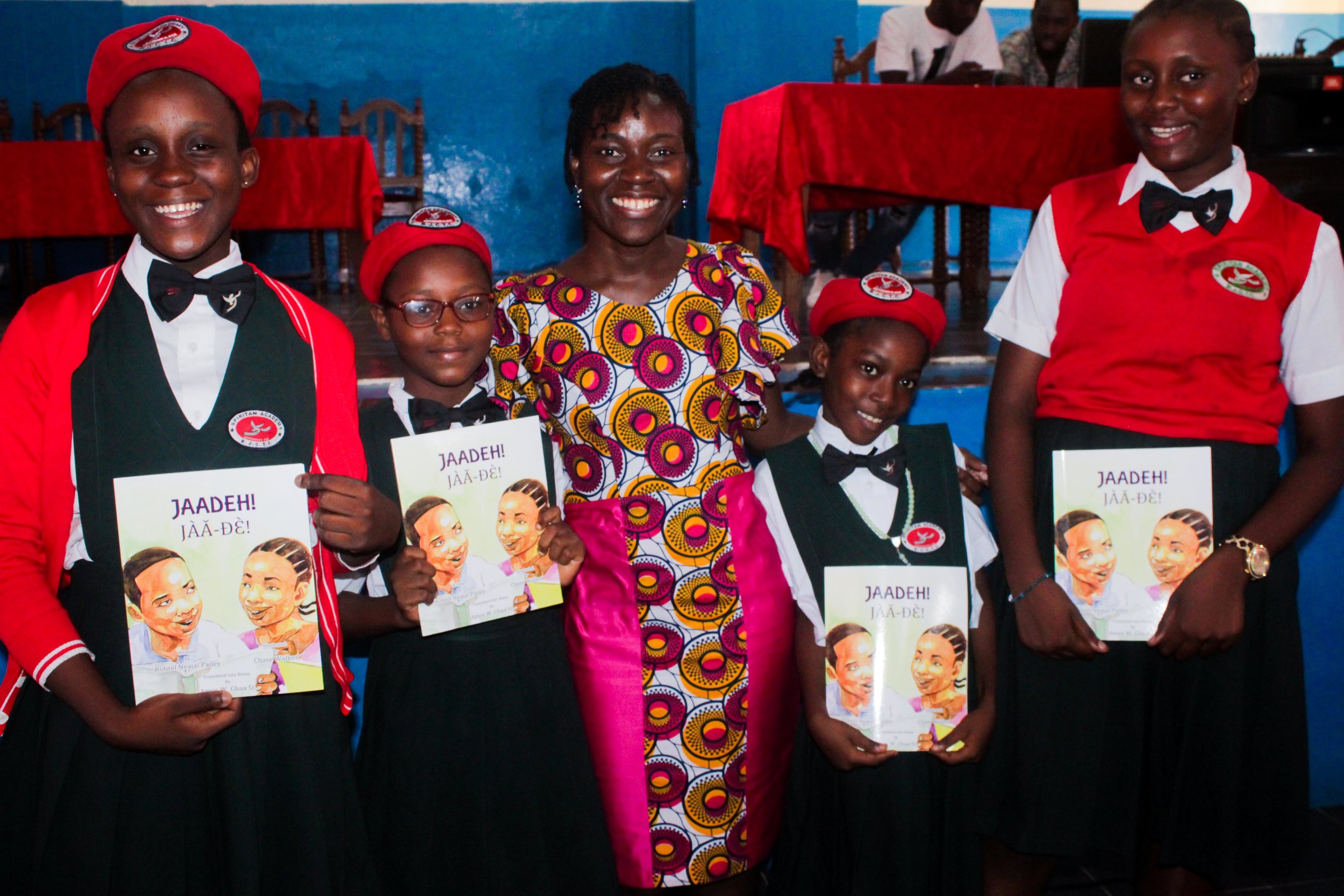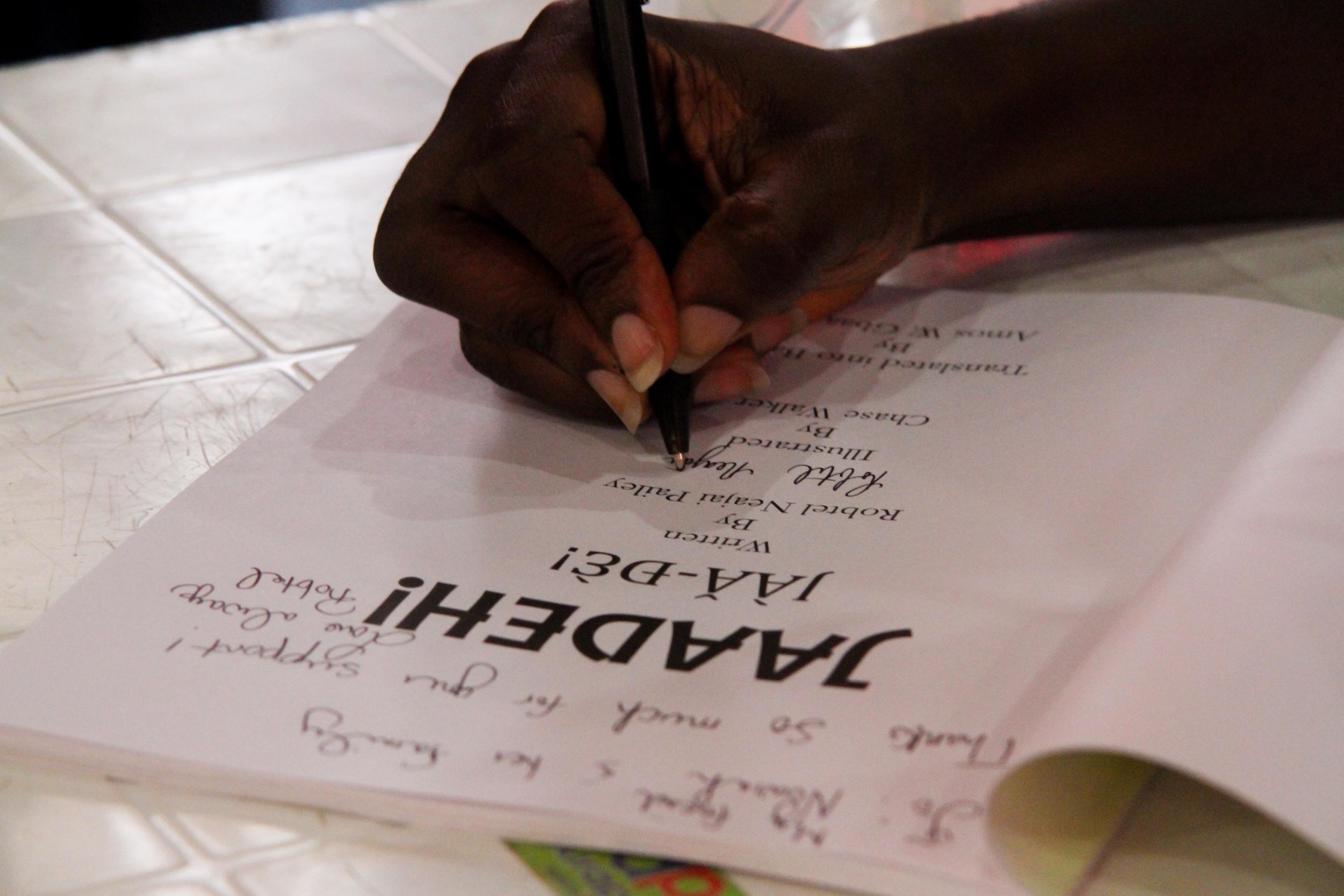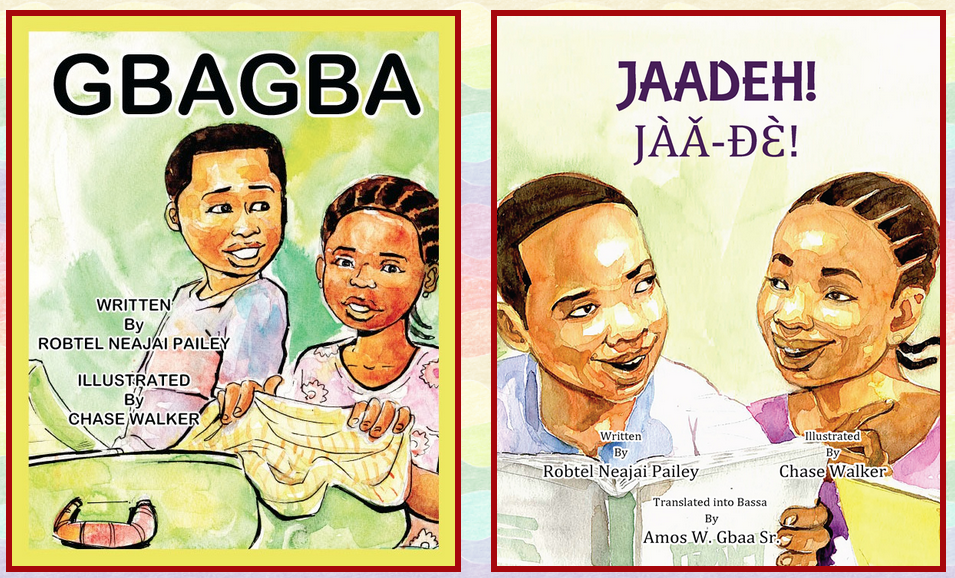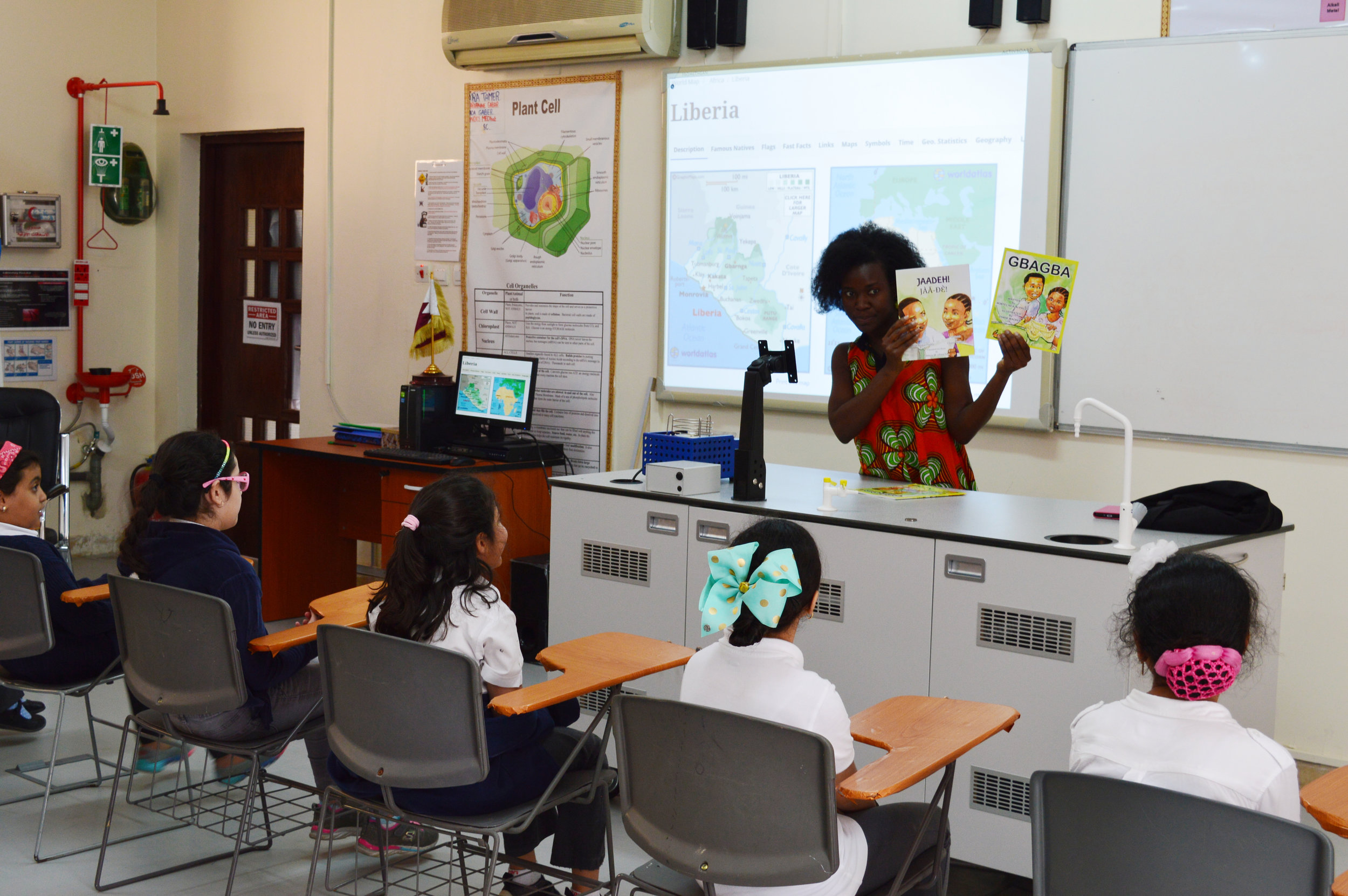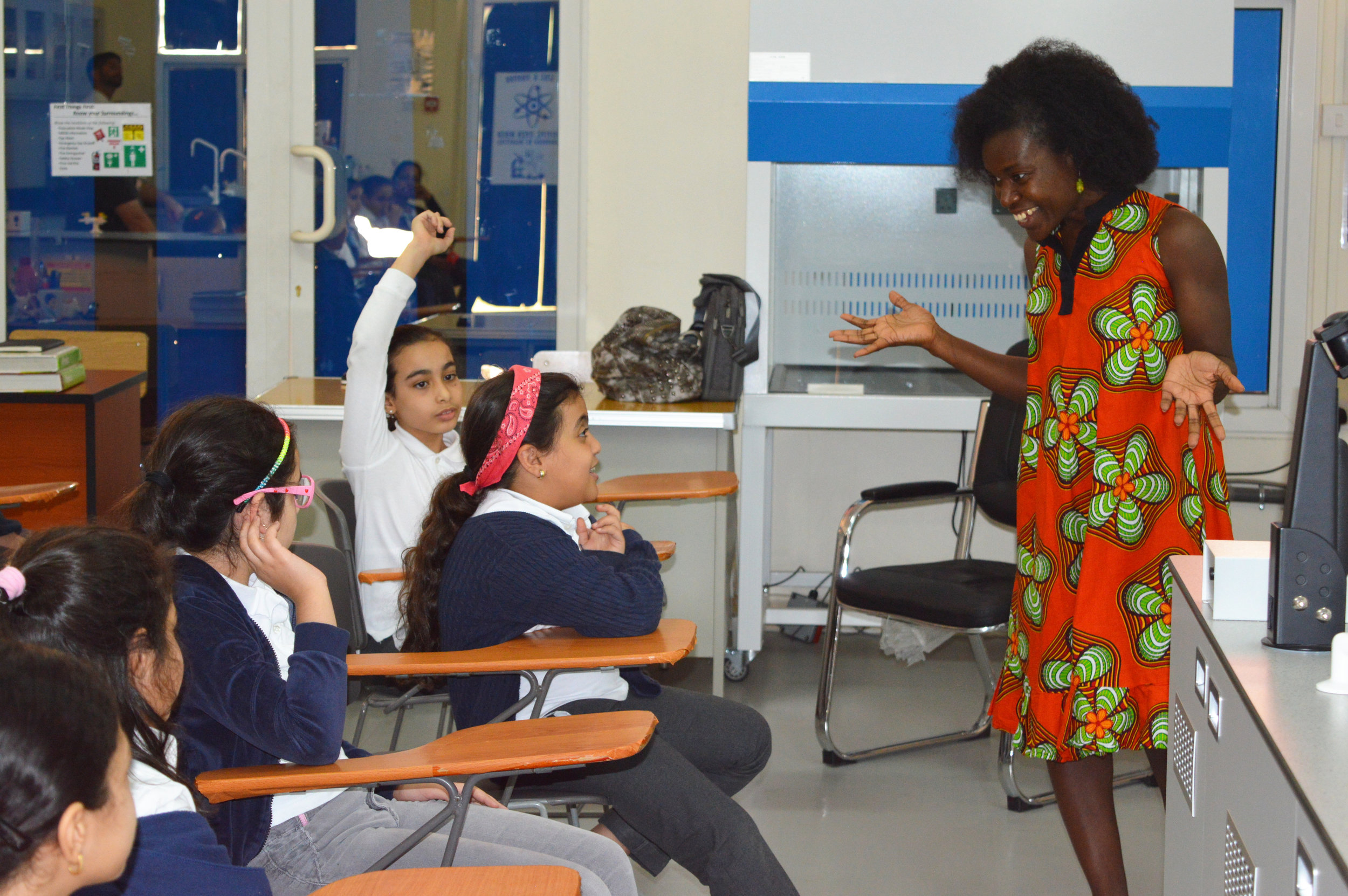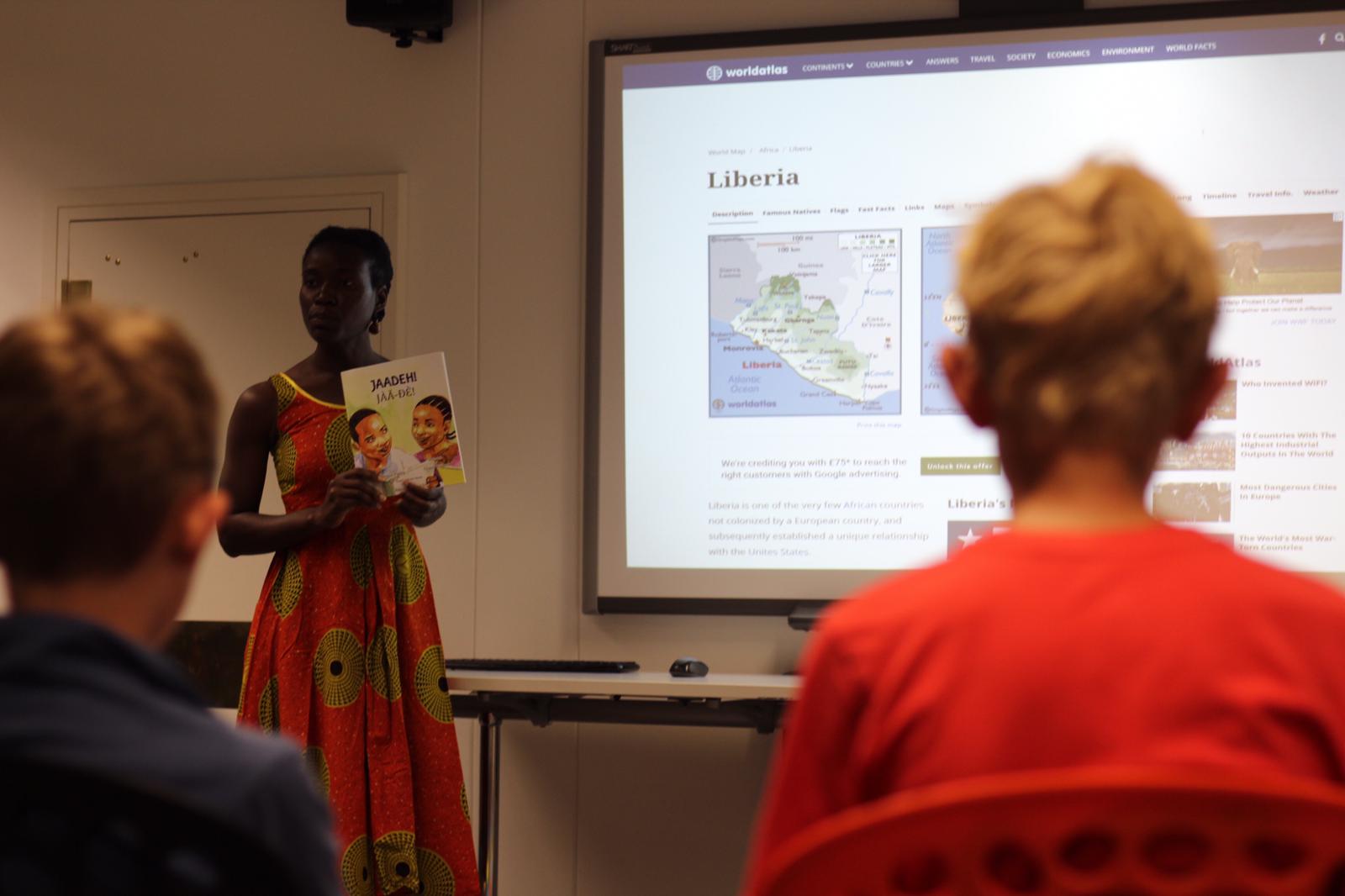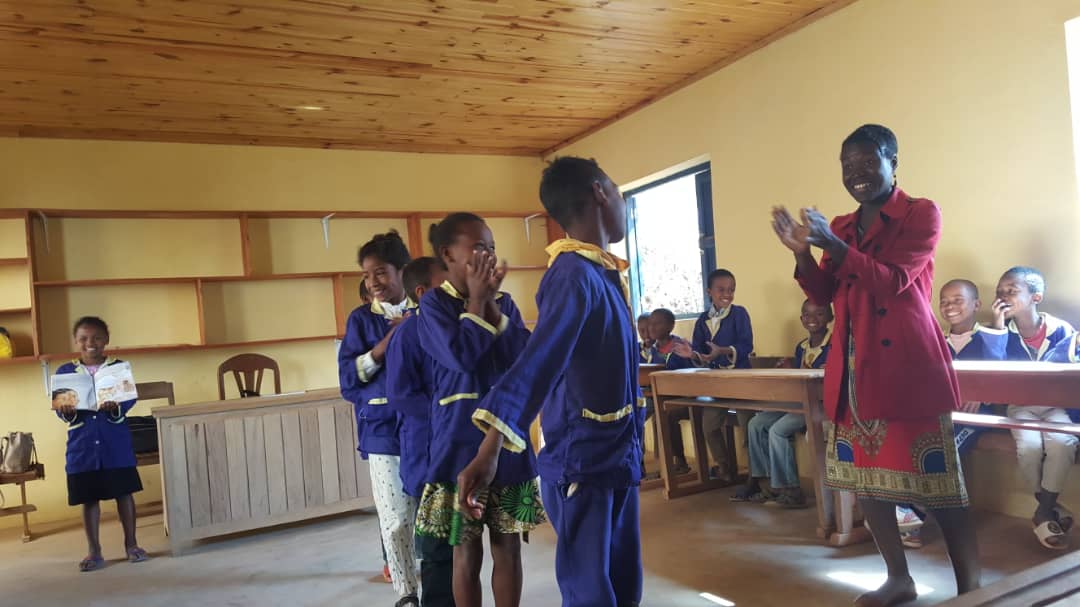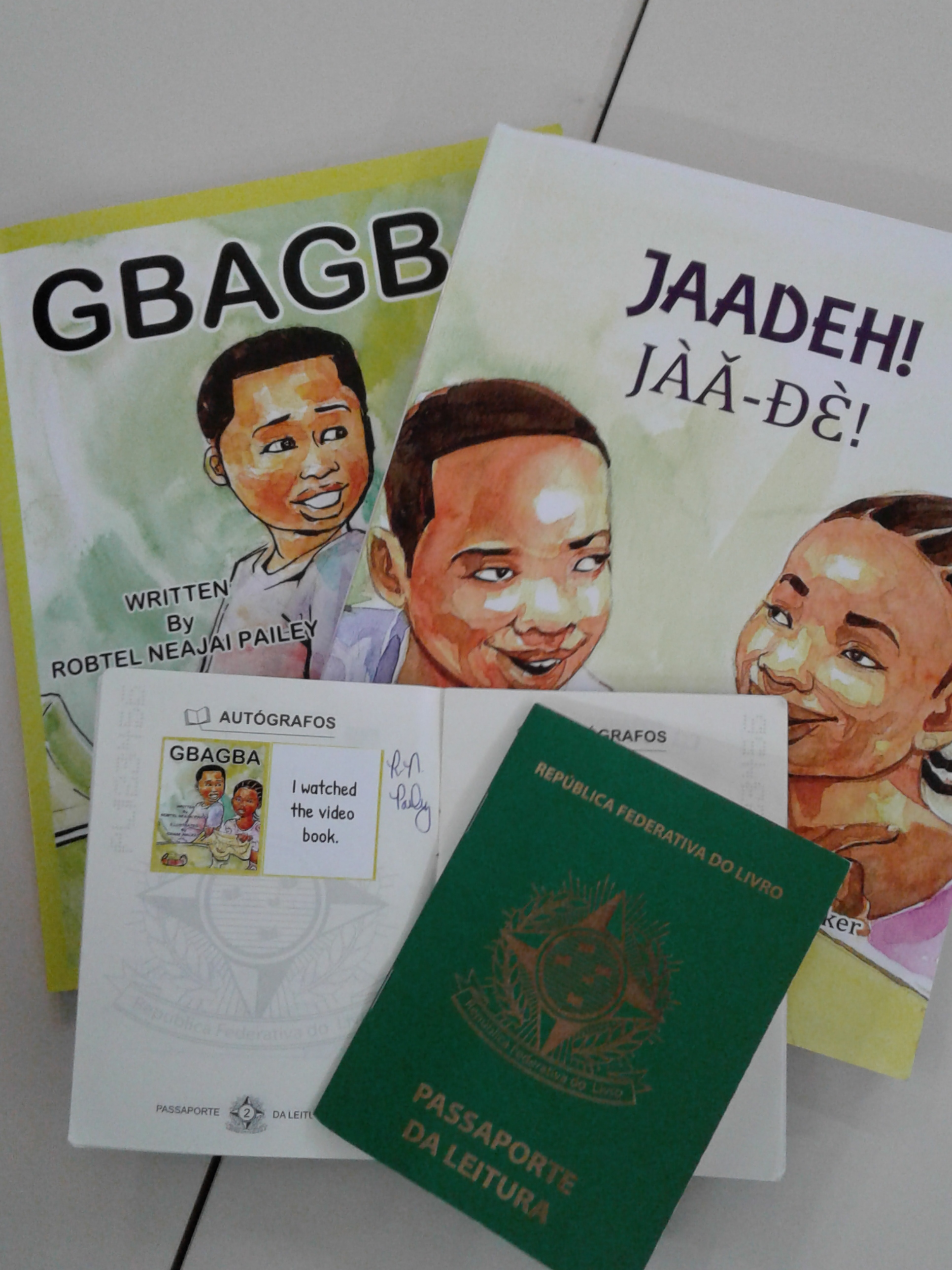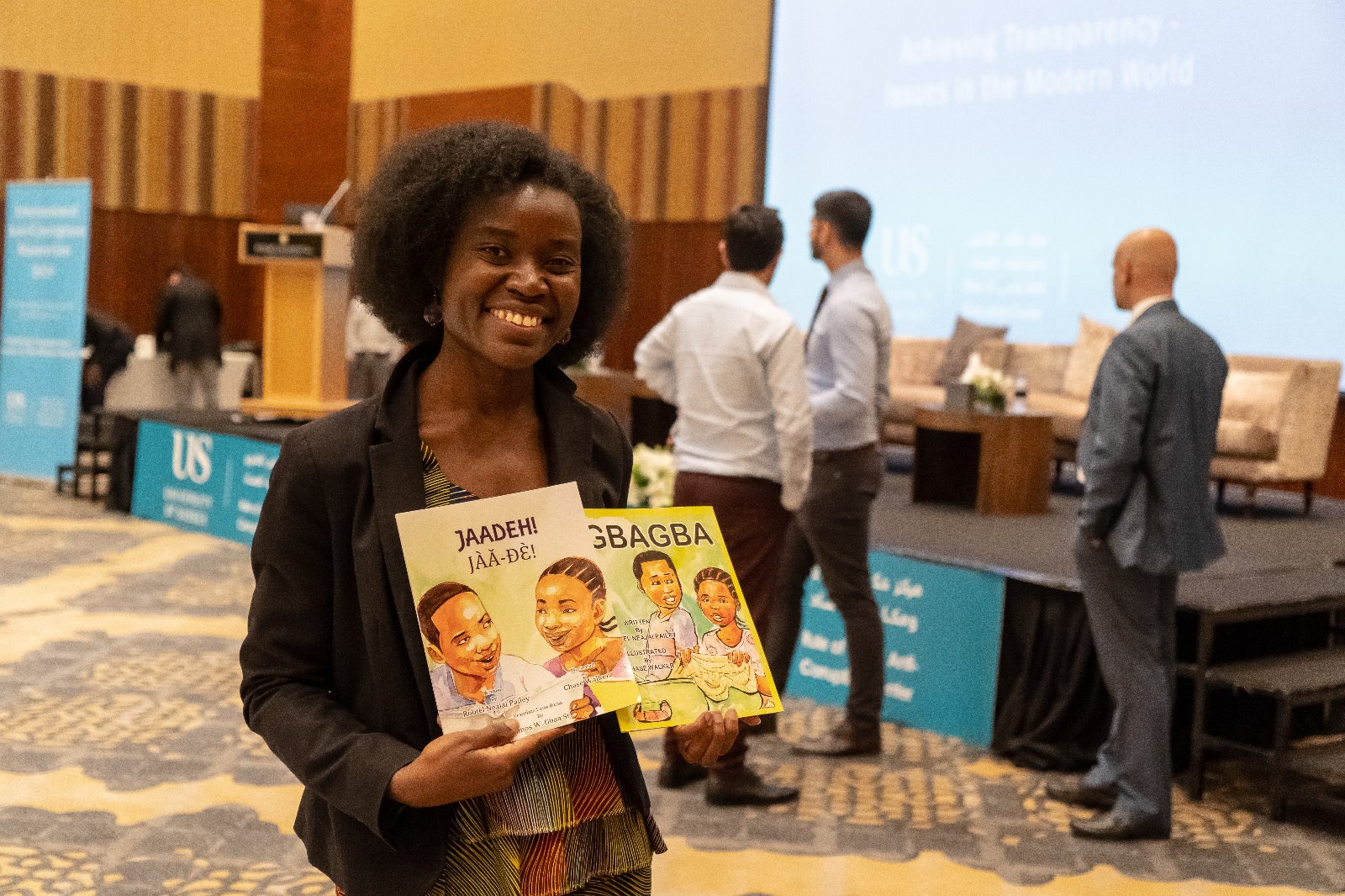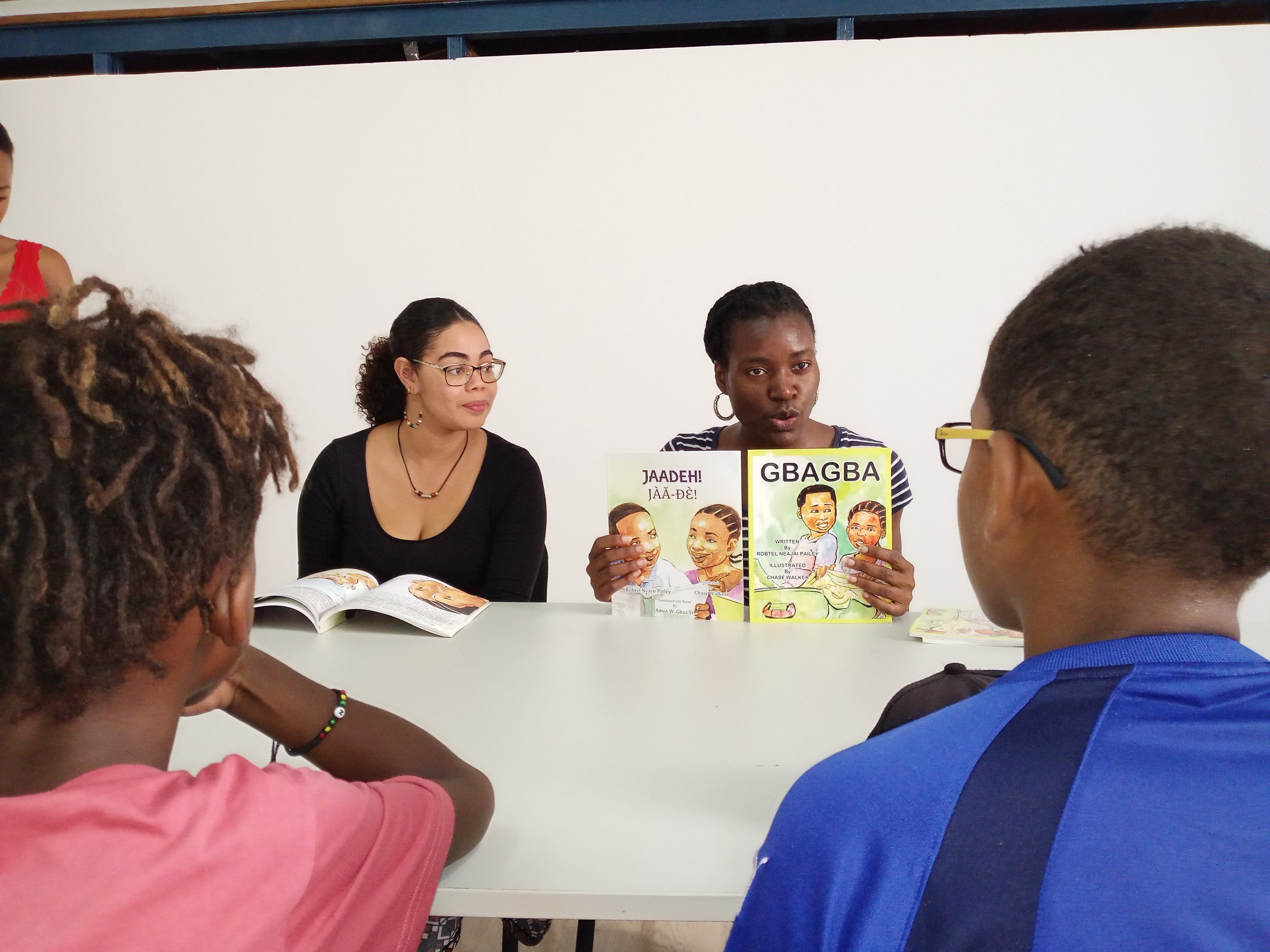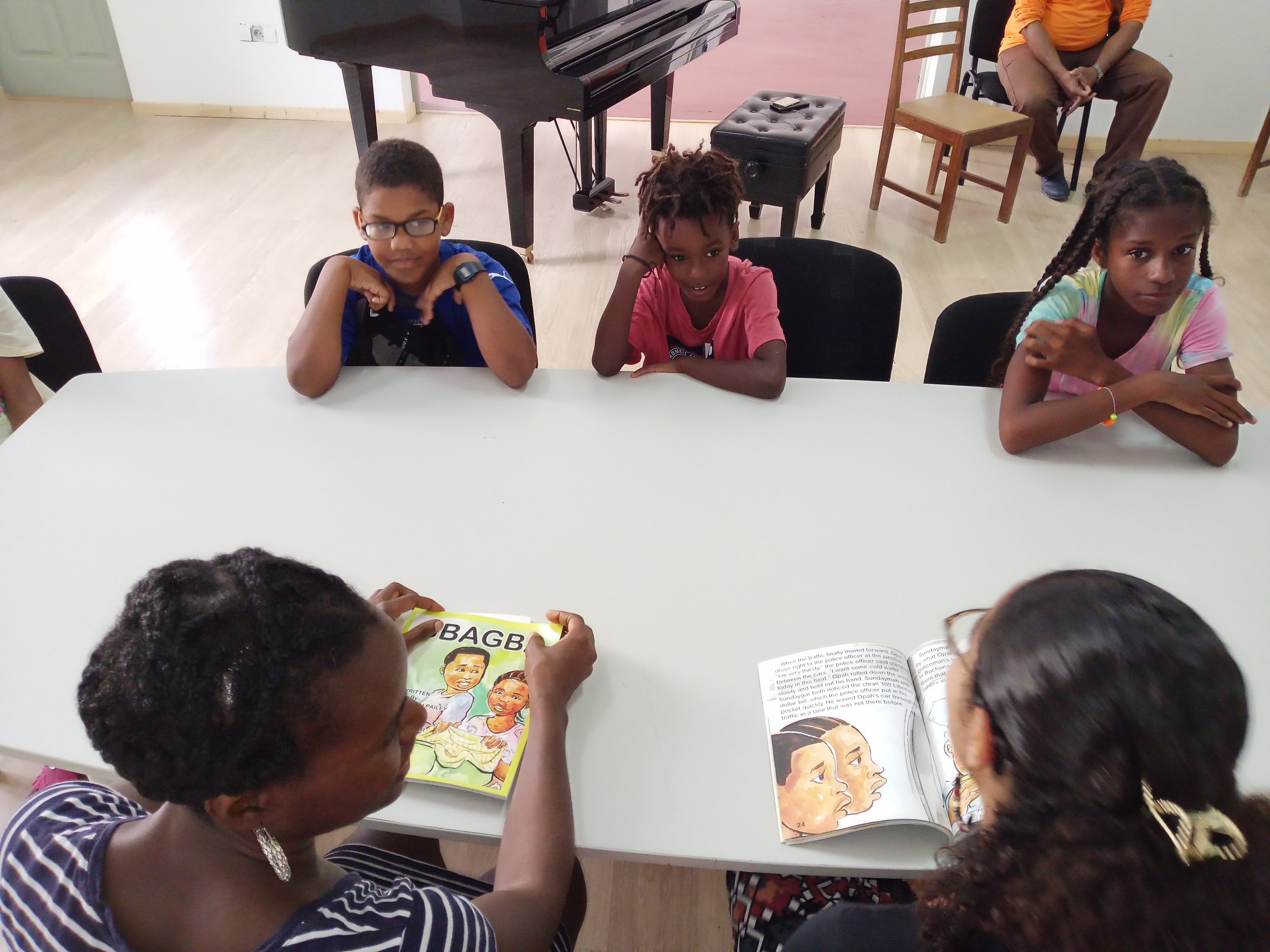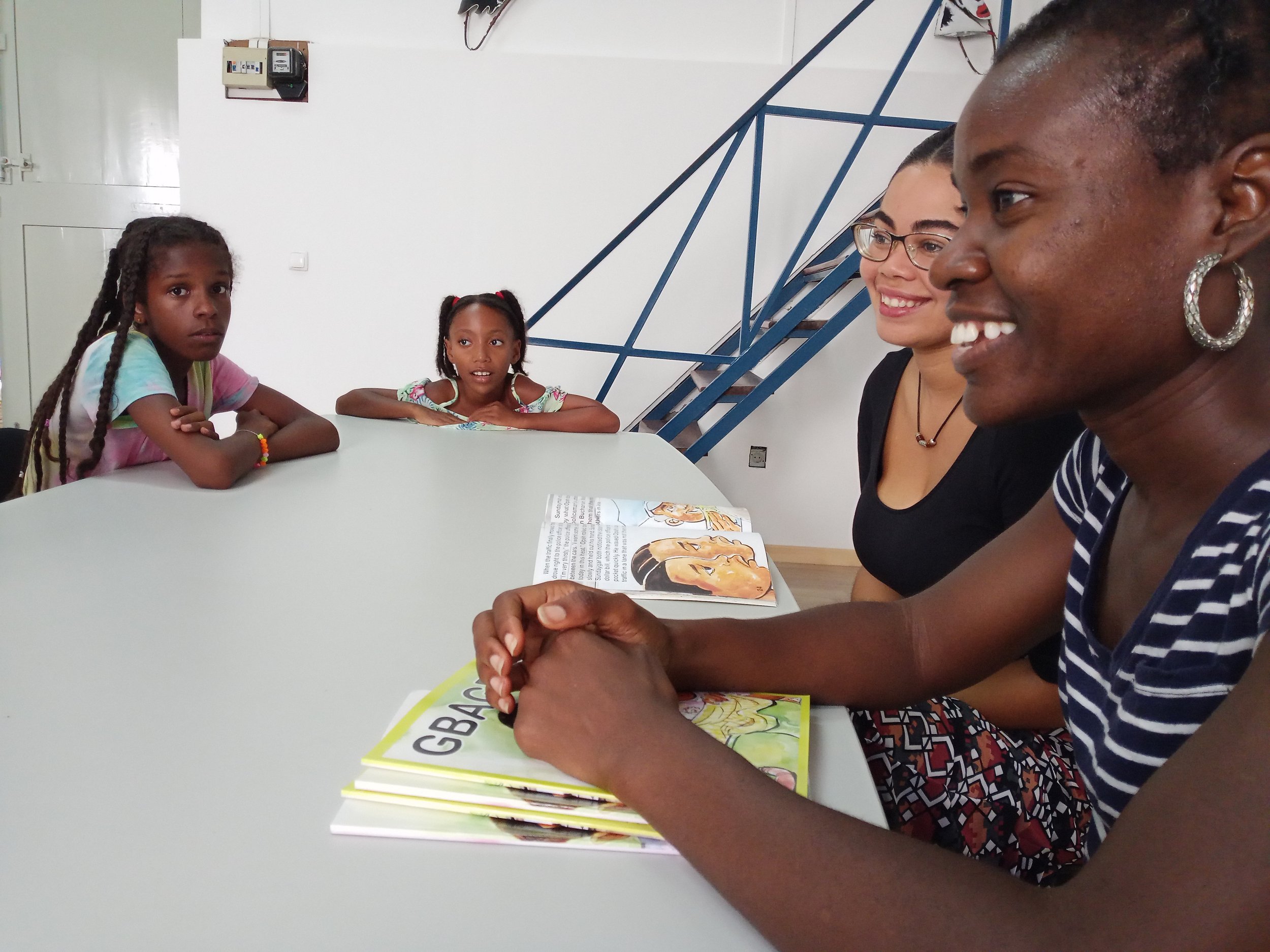On a typical weekday at St Peter’s Lutheran Church in Monrovia, children can be seen scoring three-pointers at the basketball court while adults crank up their engines in an adjacent parking lot. Yet, beneath the thick slab of asphalt on the church’s one-acre compound lie mass graves flanked by two large memorial stars painted in white.
On July 29 and 30, 1990 – as Liberia’s first war was raging – about 600 men, women and children were massacred in and around the perimeters of St Peter’s. Today their families and massacre survivors are embroiled in a battle of wills with the church over whether the erection of a basketball court and parking lot on mass graves demeans the victims buried there. The Lutheran Church Massacre Survivors Association (LUMASA) has also advocated for exhuming the remains and reburying them in a more dignified location.
As Liberia marks two decades since the end of its second war, which combined with the first took the lives of more than 250,000 people, the St Peter’s Church reckoning over memorialisation reflects the unfinished business of postwar stability and the country’s struggles with collective amnesia.
Since the conflicts ended on August 18, 2003, Liberia has only seen what the late peace studies pioneer Johan Galtung called “negative peace” – the absence of direct physical violence characterised by fears of relapse into warfare. Its transition from war to peace remains incomplete because its norms, rules and regulations continue to fuel inequality and injustice.
What Liberia should strive for is “positive peace”, which involves building values, customs and institutions that create and sustain peaceful societies…
